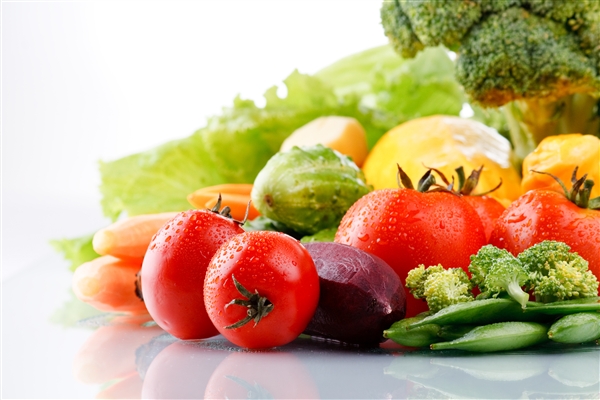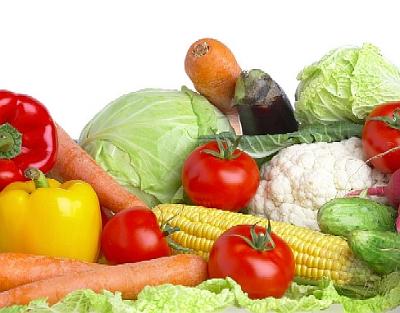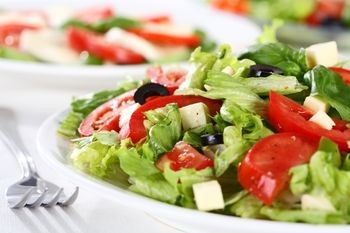The importance of a healthy diet cannot be stressed enough. Getting on a healthy type two diabetes diet is an essential part of treatment. Many times a healthy diet is the only treatment you will need as time goes on and your diabetes becomes more and more controlled.

Tips for type two diabetes diets:
- Add fresh vegetables with your daily meal plan. The vegetables with fiber content should be eaten as much as you can. Some vegetables like carrot, beats and cucumber are most nutritious when eaten raw.
- Add greens as side dish and avoid root vegetables with more carbohydrate content.
- Have boiled foods and avoid fried as well as fast foods. When the foods are prepared by boiling, the vitamins are preserved without loss.
- Eat fruits with low calories which include apple, guava, orange and red grapes. A handful of salads will do well for diabetics of type two.
- Use fatless oil. Olive oil is always good. Limit the volume of oil by 2 to 3 spoons for a day. If it exceeds the limit, your blood pressure may get increased.
- Avoid direct sugar and high sugary food items.
- Avoid ice creams and sugar added fruit juice.
- Use skimmed milk and avoid sugary butter added snack.
- Chicken is better than meat. Fish varieties may be consumed as much as you can.
The first rule in a type two diabetes diet is to eat at regularly scheduled times. This helps your body become regulated and less prone to sugar surges and bottoms. The rest of the plan is simply concentrating on eating healthier. Add in plenty of fruits and vegetables and eat all foods moderately. Your diet doesn’t have to be boring simply regulated.
Breakfast:
- Two slices of whole wheat toast/ 2 tablespoons of peanut butter
- Cup of coffee or tea
- A whole banana/ apple/ peach…. Any kind of fruit
Lunch:
- Lean Roast Beef
- Two slices of whole wheat
- 2 tablespoons of mustard
- Cup of steamed cauliflower or broccoli
- Cup of tea or coffee
Dinner:
- Skinless chicken breast cooked in olive oil
- Two thirds cup of cooked wild rice
- 1 Cup vegetable of your choice
- Lemon water or 1% low fat milk to drink
It is also advisable to eat at least to healthy snacks in between meals. Snacks should be light and not loaded with carbohydrates. Try a half-cup cottage cheese and fruit or half cup yogurt with a cup of herbal tea or coffee. The key to the entire diet is moderation. Use the same portion amounts for each meal and you will go a long way toward regulating your caloric intake.



